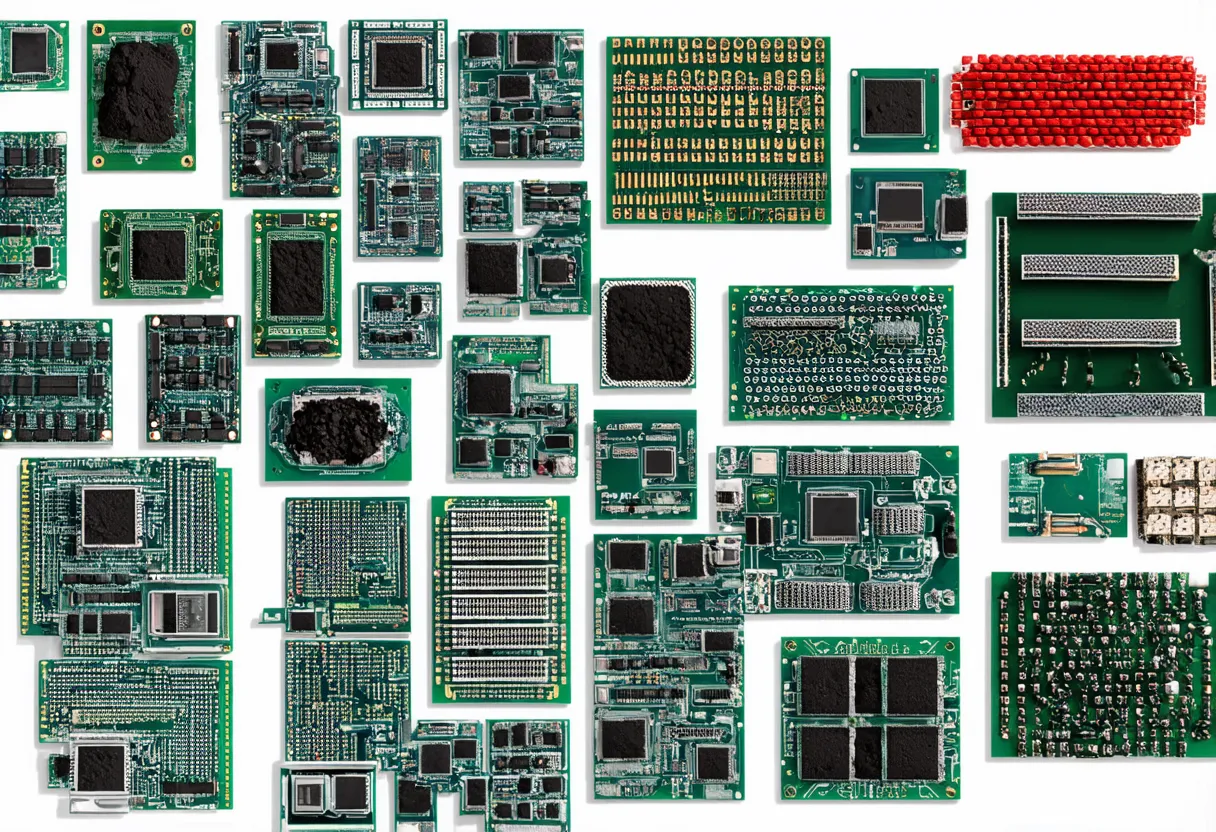Korea, Rep. has a population of 51,628,117, ranking 28th globally, just behind Colombia. Located in East Asia, it covers 100,430 sq. km, ranking 103rd, slightly below Iceland.
In 2022, Korea, Rep. has solidified its economic position with a GDP of 1,673,916,469,026.56 USD, ranking 13th globally. It closely trails behind Australia, whose GDP stands at 1,692,956,646,855.7 USD. Korea, Rep. also boasts a GDP per capita of 32,422.5745 USD, securing the 35th spot worldwide.
It falls just behind Aruba, with a GDP per capita of 33,300.8388 USD. Korea, Rep. continues to demonstrate steady economic growth and resilience in the global market, positioning itself as a key player in the international economic landscape.
What are the economic activities of South Korea?
- Primary activities: 2.2% of GDP.
- Secondary activities: 39.3% of GDP.
- Tertiary activities: 58.3% of GDP.
Primary Sector of South Korea
South Korea’s primary sector, particularly its agricultural activities, thrives due to its temperate climate and abundant natural resources. With 16.42% of the country’s land dedicated to agriculture, South Korea produces a variety of crops and animal products. The main agricultural products include rice, vegetables, cabbages, milk, pork, onions, chicken, eggs, tangerines/mandarins, and potatoes.
Despite agriculture contributing 2.2% to the GDP, these products play a crucial role in the country’s economy. The diverse range of crops and animal products not only sustains the agricultural sector but also provides essential resources for the nation.
With diverse geology, the primary sector thrives on abundant natural resources like coal, tungsten, graphite, molybdenum, lead, and hydropower potential. These resources drive the economy through mining, energy production, and export industries.
Secondary Sector of South Korea
What is the secondary sector or what are secondary activities?
The secondary sector involves industries that create finished products ready for consumption. It takes raw materials from primary activities and manufactures new goods for domestic sale or export. In South Korea, the main industrial products include electronics, automobile production, chemicals, shipbuilding, and steel.
Manufactures play a crucial role in South Korea’s total exports, accounting for 85.11% in 2023. This highlights the significant contribution of the manufacturing sector to the country’s economy.
Tertiary sector of South Korea
What is the tertiary sector or what are tertiary activities?
The tertiary sector in South Korea encompasses a range of services where individuals provide knowledge and expertise to enhance productivity and meet various needs. This sector includes intangible goods such as advice, attention, and expertise, catering to both consumers and businesses. Key tertiary activities in South Korea are healthcare and medical care, education and training, banking and finance, communication and information exchange, media production and distribution, and tourism and hospitality.
Specifically, Korea’s tourism sector contributes a relatively small portion to its overall economy. With an annual arrival of 17,503,000 tourists, which is only 0.339 tourists per capita, the country does not heavily rely on tourism as a major economic driver. Its focus lies more on other industries like manufacturing and technology exports.
Another example of tertiary economic activity is the mobile cellular sector, boasting nearly 77 million subscriptions, or 149 per 100 inhabitants. This extensive connectivity fosters technological innovation and supports various digital services.
International Trade of South Korea
Import Activities of South Korea

South Korea’s import activities play a crucial role, accounting for 48.26% of its GDP in 2023, totaling over $80 billion.
South Korea’s import activities are crucial for its economy, with major partners including China, the US, Japan, Australia, and Saudi Arabia. The country imports commodities such as crude petroleum, integrated circuits, natural gas, coal, and refined petroleum to meet its industrial and energy needs.
Exports Activities of South Korea

In South Korea, exports in 2023 totaled $808,029,010,833.466, representing 48.27% of GDP. This high percentage underscores the critical importance of export activities in driving the country’s economy.
South Korea’s export activities are diversified, with major partners including China, the US, Vietnam, Japan, and Hong Kong. Key export commodities are integrated circuits, refined petroleum, cars, broadcasting equipment, and ships.
South Korea economy challenges in 2024
South Korea faces challenges in 2024 with an aging workforce and the need to balance fiscal restraint with industry support. The strong export and technology focus of the economy, led by semiconductor and automotive industries, requires ongoing innovation to stay competitive globally.




Leave a Reply